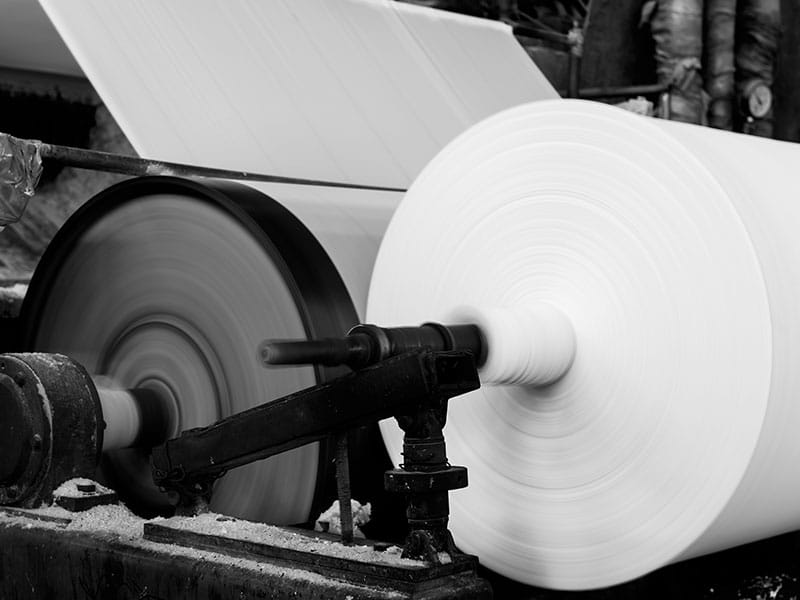There was more good news for Australia’s manufacturing industry in October with the sector expanding for a fourth consecutive month, according to the Australian Industry Group’s Australian Performance of Manufacturing Index (Australian PMI)
Although the expansion was marginal at 1.9 points to 50.2 (readings above 50 indicate expansion in activity, the distance from 50 indicating the strength of the increase), the result marks the longest run of expansionary readings since July 2010.
“A strong export performance in October helped manufacturing hold onto the gains made by the sector over the previous three months, clocking up the longest expansion in five years,” Ai Group chief executive Innes Willox says.
“There was, however, some easing of momentum,” he adds. “While production lifted again, domestic sales and employment were lower and new orders were broadly unchanged.
“The process of broadening the base of growth across the economy remains gradual and tentative. There is clearly scope for stimulatory measures to boost domestic activity.”
Of the eight manufacturing sub-sectors, four expanded: wood & paper products (down 5.5 points to 64.0); textiles, clothing, footwear, furniture & other manufacturing (up 0.5 points to 56.9); petroleum, coal, chemical & rubber products (up 0.3 points to 57.5); and, for the first time in five months, non-metallic mineral products (up 3.6 points to 52.6).
The machinery and equipment (up 2.2 points to 45.0), metal products (up 1.4 points to 48.1), and very small printing & recorded media (down 0.9 points to 46.6) sub-sectors all remained in contraction, while food, beverages & tobacco was broadly stable (down 3.8 points to 49.7) after 16 months of expansion.
“Among the seven activity sub-indexes, only exports (up 3.3 points to 55.0) and supplier deliveries (down 2.6 points to 51.3) were firmly positive in October, while the remaining sub-indexes hovered just above or below 50 points, broadly indicating stability,” Ai Group says.
“The input prices sub-index increased by 1.7 points to 68.6 in October as depreciation in the dollar continues to raise prices for imported inputs.”
On the wages side, the sub-index increased by 2.7 points to 57.7. Ai Group says this subdued annual wage growth likely reflects “declining demand for labour in the manufacturing industry (-3.3% p.a. in August), a stubborn unemployment rate (6.2% in September) and very low background inflation (1.5% p.a. in September)”.
The manufacturing selling prices sub-index increased by 1.3 points to 49.2, which the industry body says signals a very mild contraction or stability at best.


